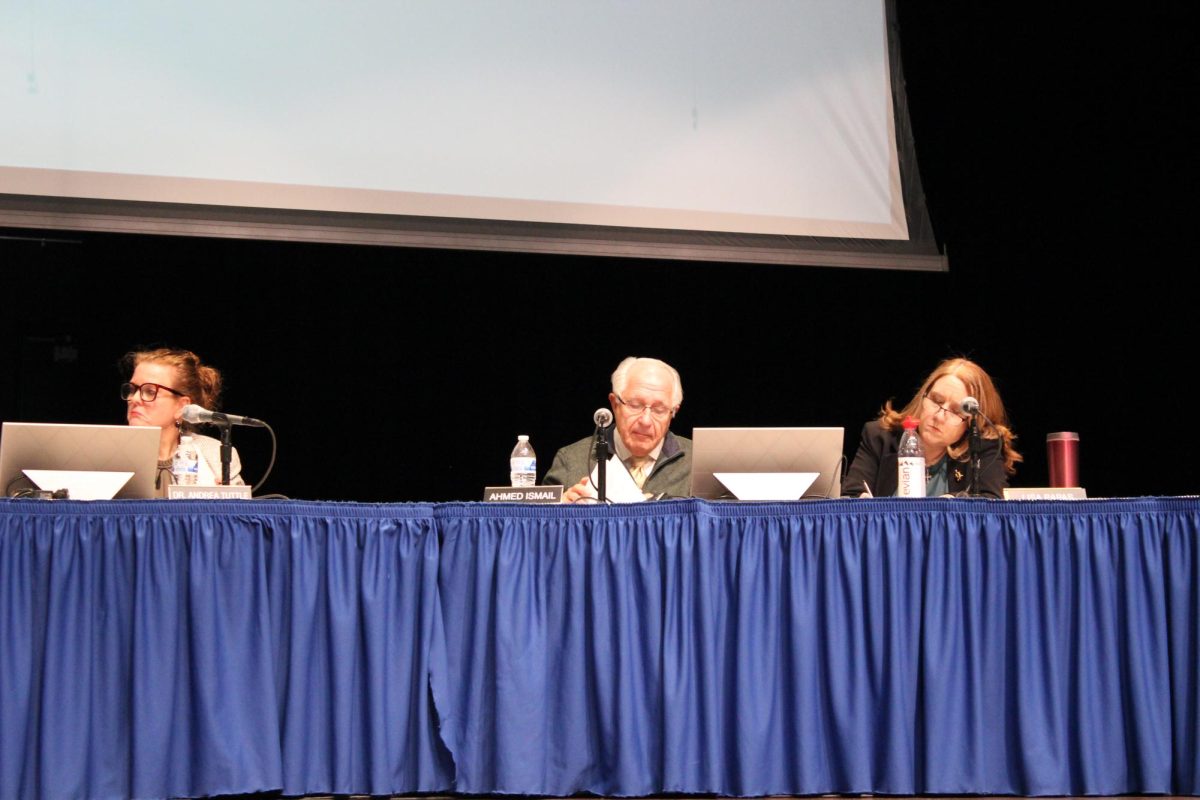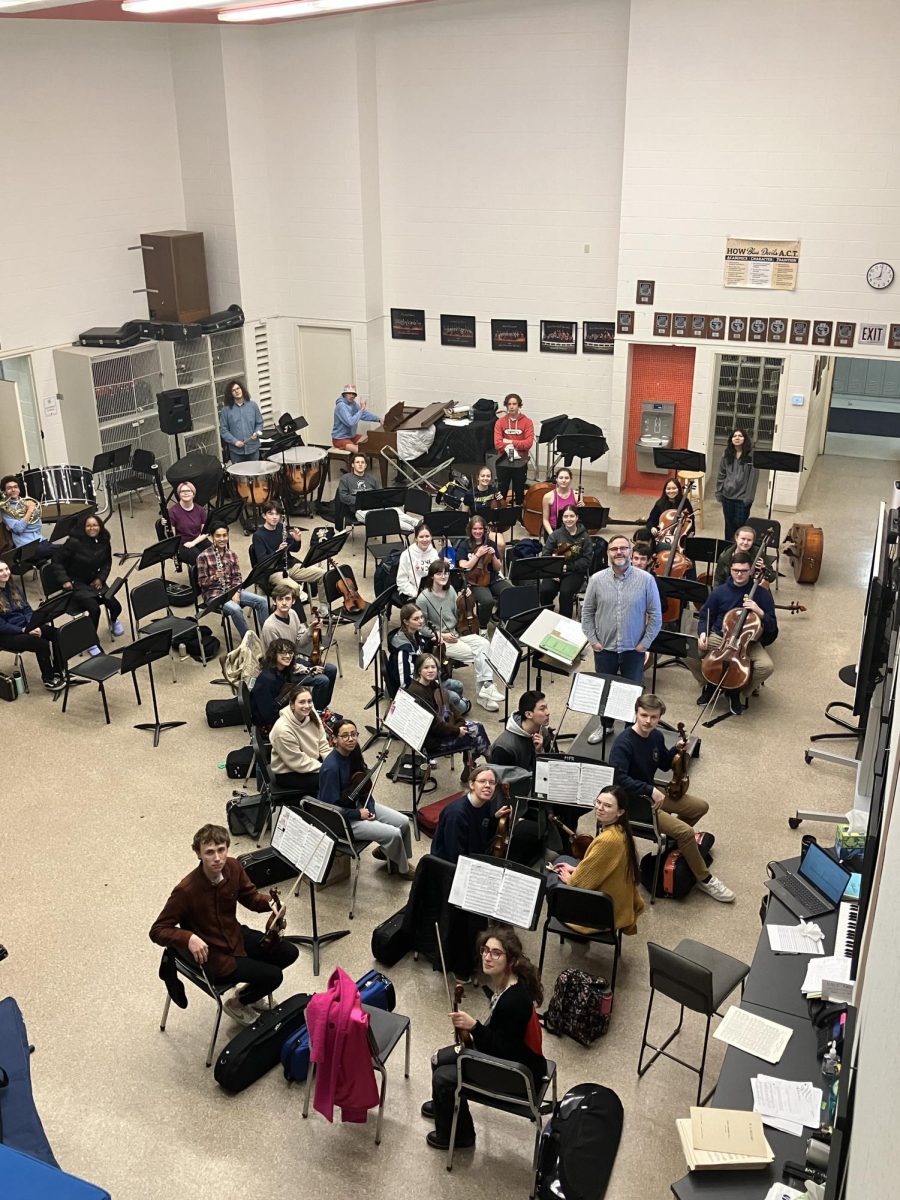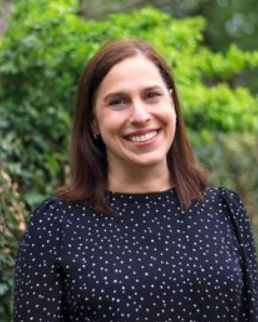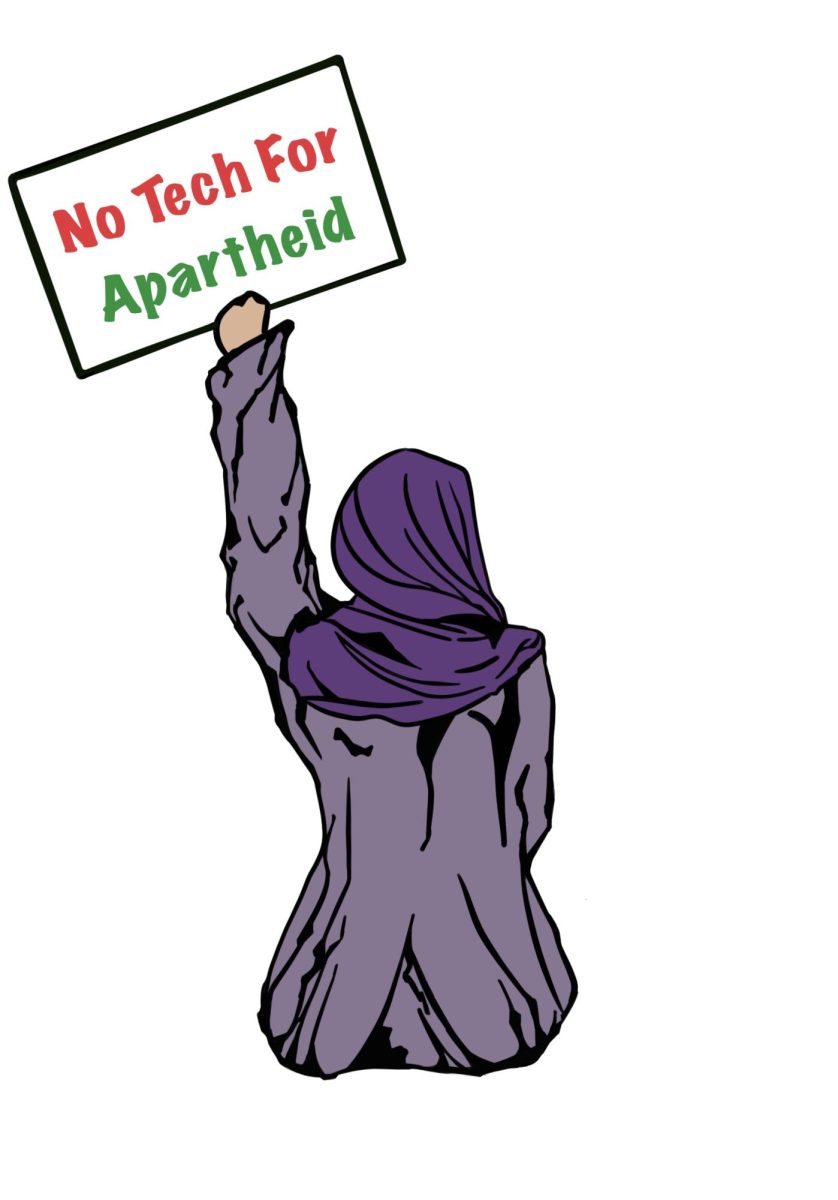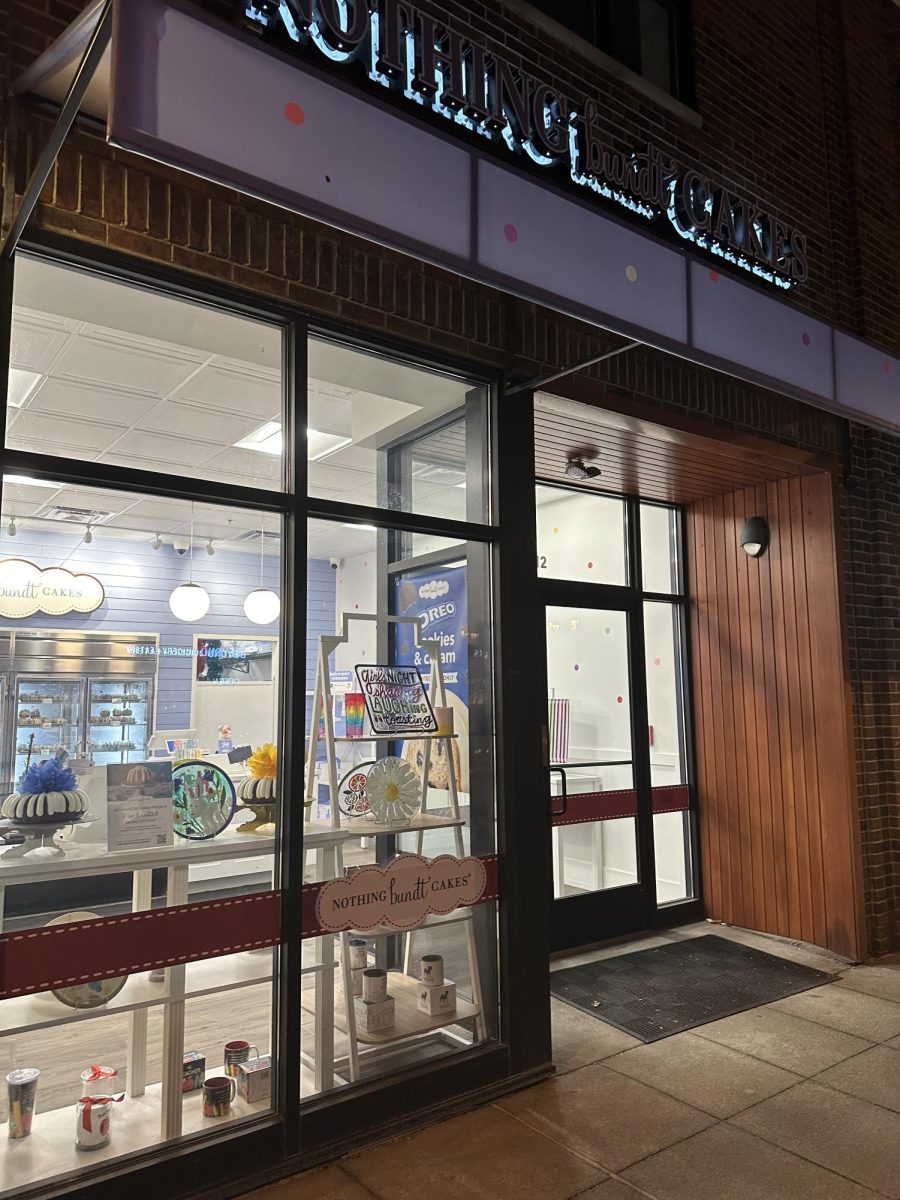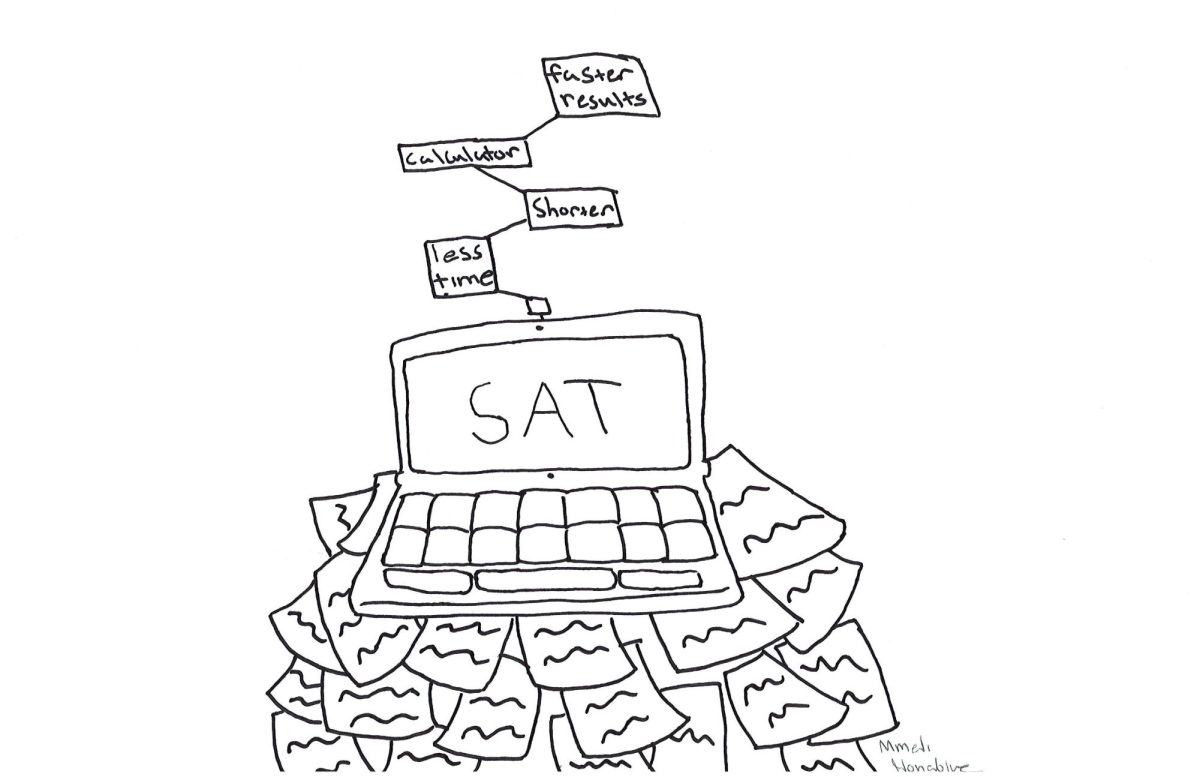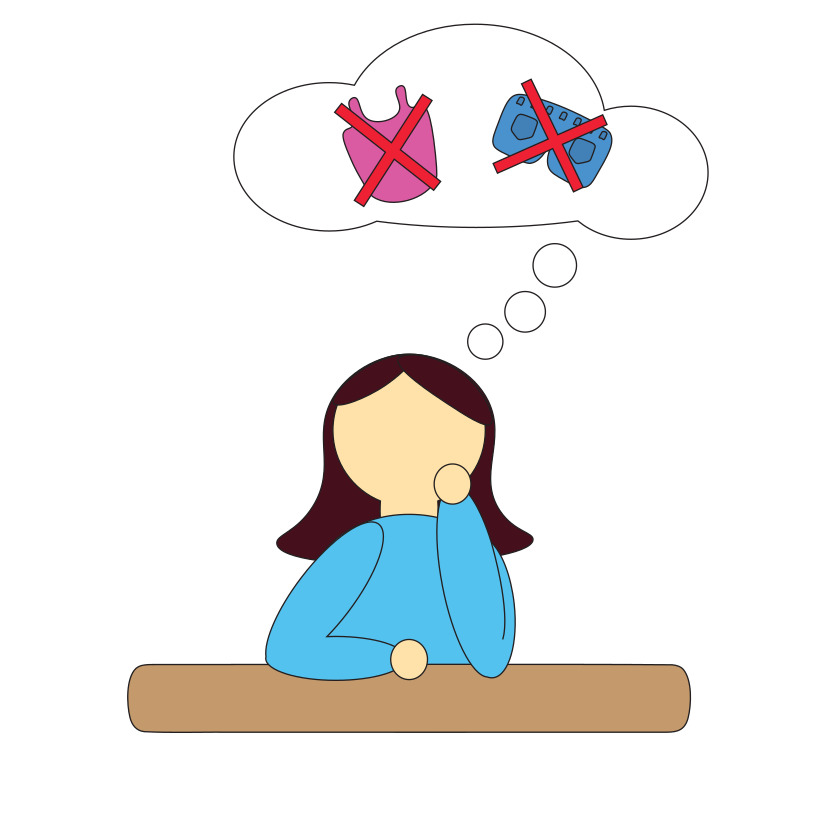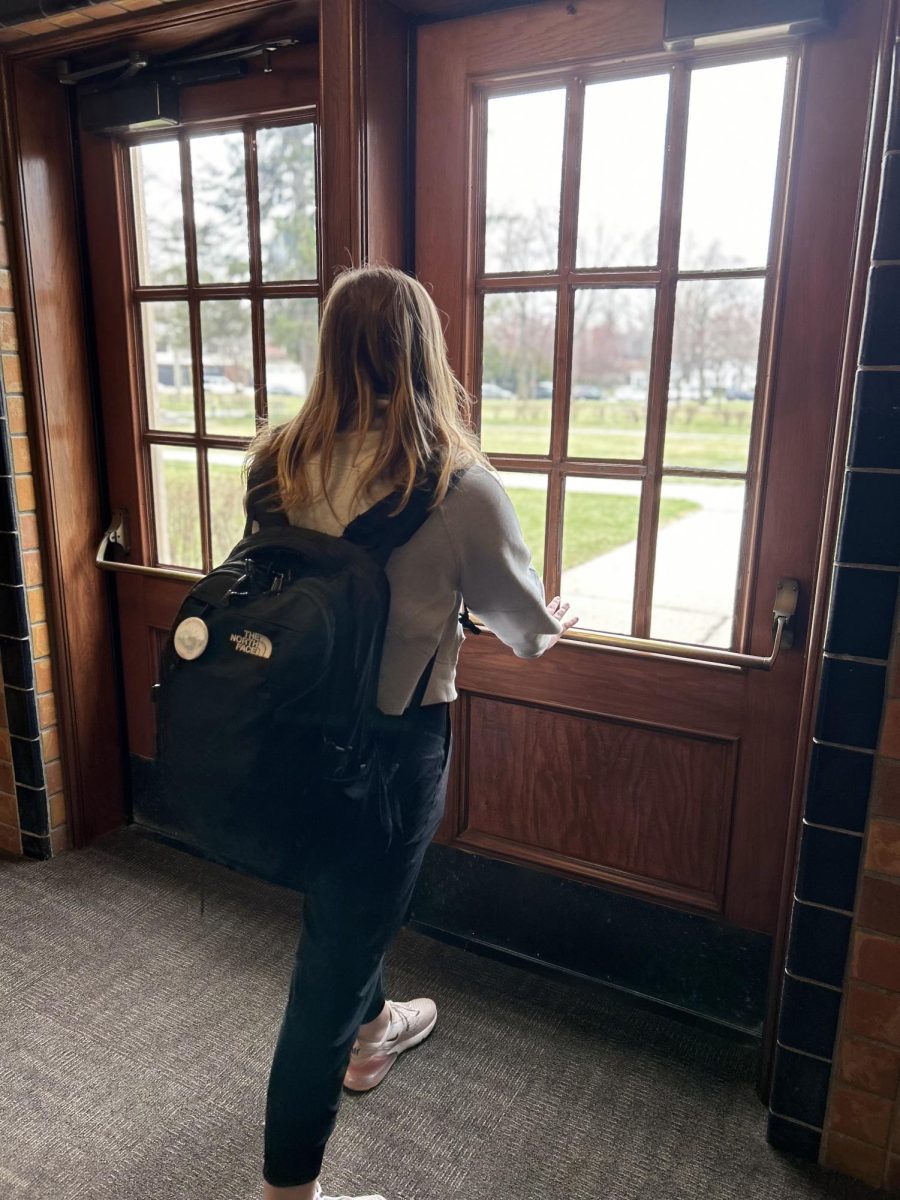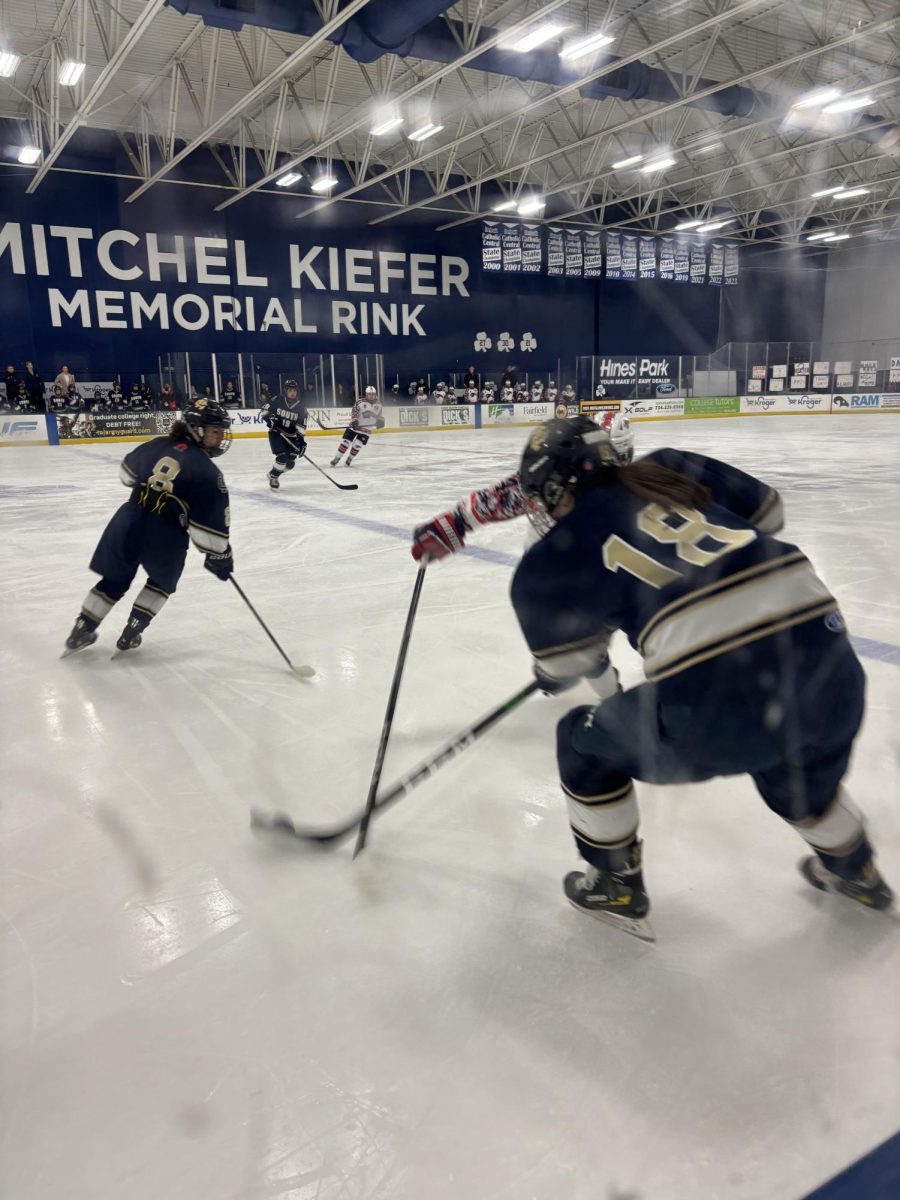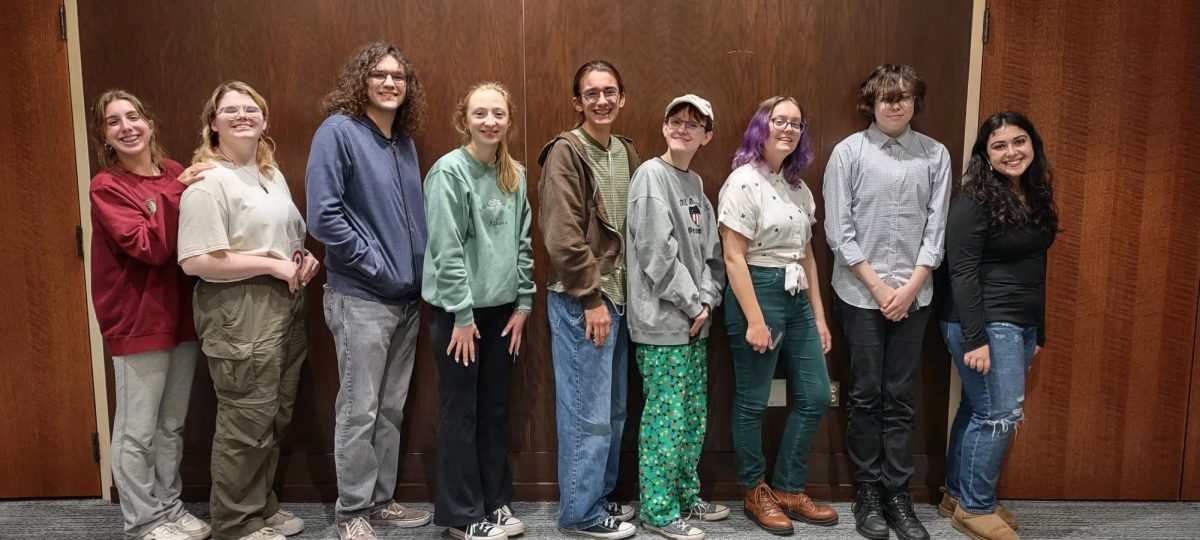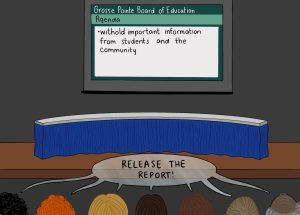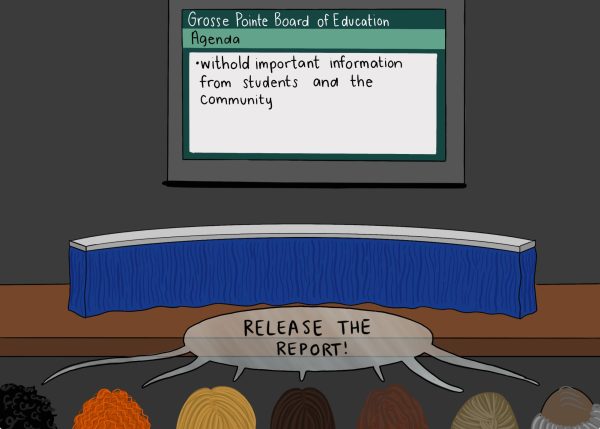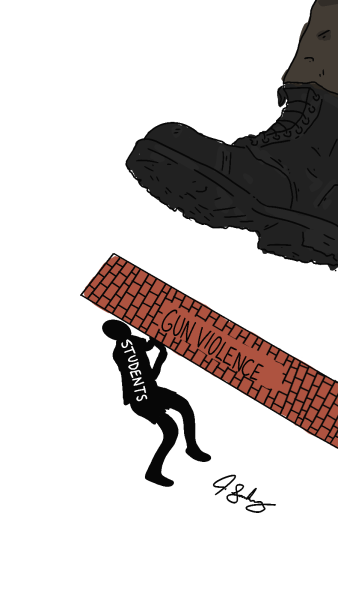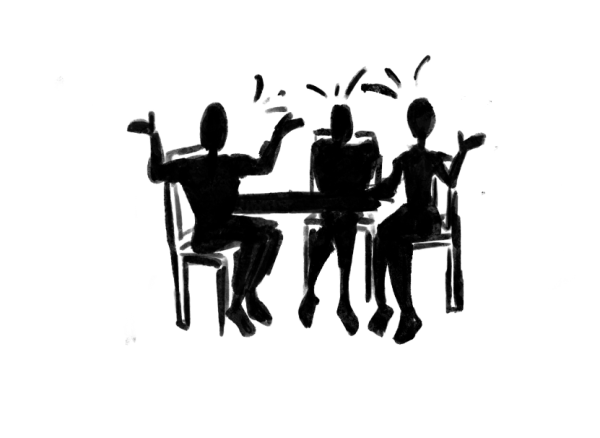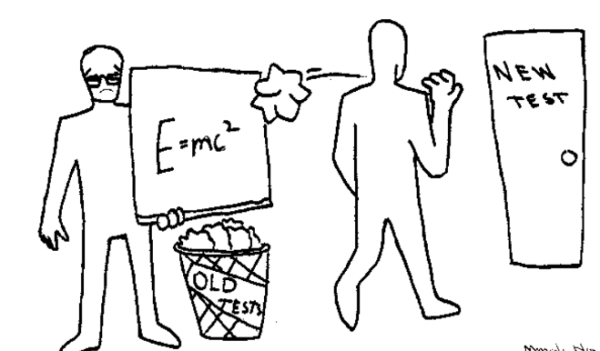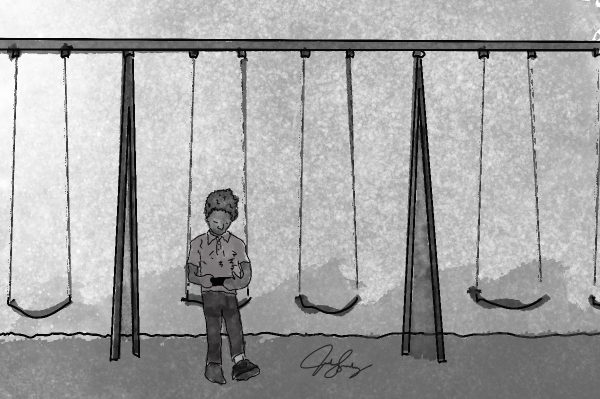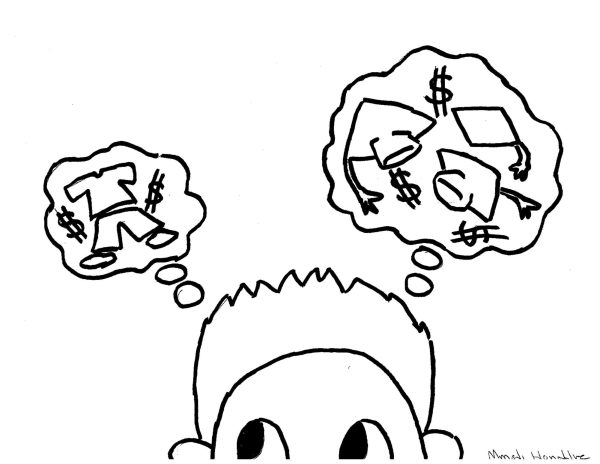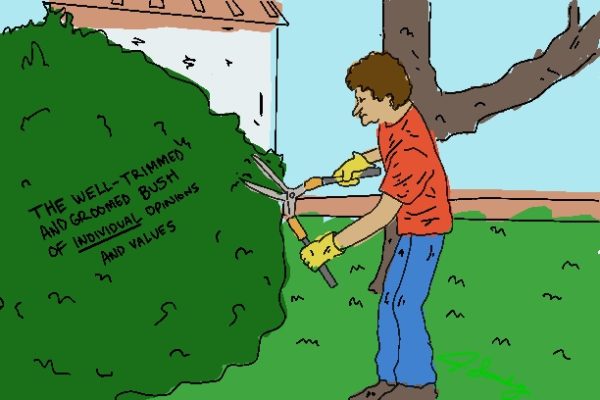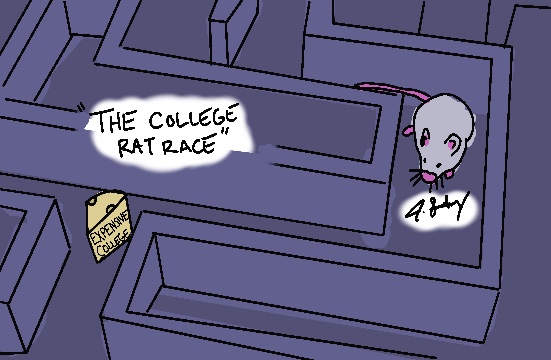Recognizing racism, still room for growth
February 6, 2019
Walking through the halls of South, it’s clear to see that a majority of our students are white. Yet many of these students may not feel the need to be conscious of their own race and identity, because it isn’t something that weighs on their minds when they’re at school. In large part, these students may be more worried about homework or trying to make it to class in five minutes.
The ability to ignore these concepts is a privilege– a privilege that the 16.8 percent of students of Black, Hispanic, Asian or Native descent at South does not have because of the institutional racism that is upheld in American school systems.
We at The Tower believe every student deserves to receive a fair education. To truly accomplish that we must acknowledge that race contributes to unfair treatment of minority students, and, therefore, strive to close the educational gap.
According to the Civil Rights Data Collection, in 2015, 83 percent of students enrolled at South were white, yet 100 percent of students who were expelled were black.
The school to prison pipeline describes the concept of disadvantaged students being unfairly expelled instead of receiving alternative discipline like their more advantaged counterparts. Expulsion often leaves these students without the opportunity to commute to a new school or have access to online resources.
These students may resort to dropping out of school as their only solution, which can lead them to a life of crime and imprisonment. With 54 percent of the students who were referred to law enforcement being black in 2015, this concept is very real.
It’s easy to assume black students are more inclined to obstructing the code of conduct at South. However, the Civil Rights Data Collection reports that the majority of students who receive in-school suspensions, in 2015, are white.
This highlights the racial discipline disparity, illuminating how white students often experience less harsh punishments for committing the same violations of conduct as black students. Not only an issue in our district, but nationally, black students are nearly four times more likely to be suspended than their white peers, according to the U.S Department of Education Office of Civil Rights.
Fortunately, South is taking steps to prioritize the rights and treatment of all students through the implementation of restorative practices, which seek to reduce harsh and unnecessary punishments, and instead foster healthy communication between students and faculty. At The Tower, we recognize and appreciate the efforts of administration to diminish the effects of this systemic issue. To find out more about our administration’s efforts to combat racism in our school, read the in-depth feature on pages one and five.
However, it is essential that we do not leave the work up to just the administration. Many students and teachers have also taken the matter into their hands through programs, like Students Empowering Education for a Diverse Society and Intersectional Feminists, that seek to increase conversation and incorporate diversity among our community members.
We believe it is up to us, as students, to create a conversation within our community to uplift the voices of the demographic of students who may be and have been affected by inequality in our school. It is important that we make an impact by being proactive in recognizing racism in our school district and pointing it out to our administration. We must hold those in power accountable. To become liberated is to become united, and to ignore the clear issues around us is to be complacent. Here at The Tower we want change.


